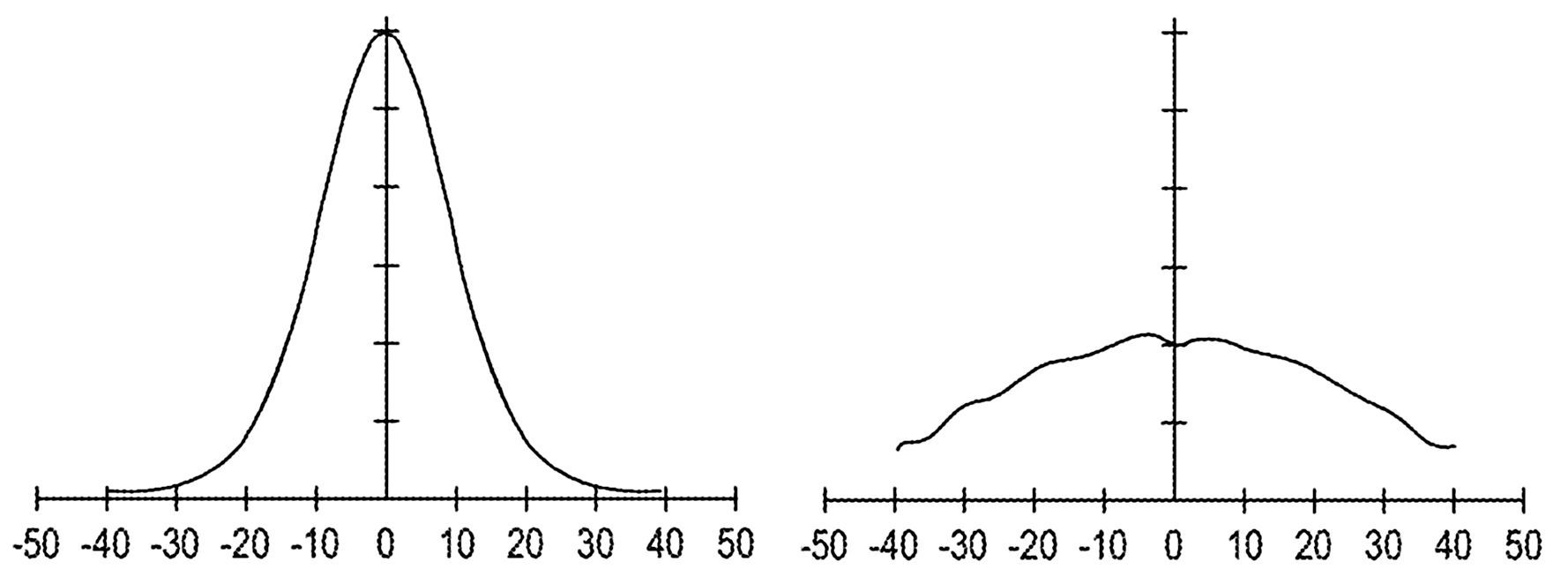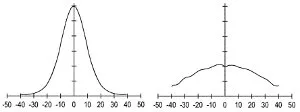Privacy Mode is a term used to describe a solution to a common problem. This problem can, perhaps, best be identified by use of an example.

You occupy the coveted center seat on an airplane. To make the best use of the down time provided by the flight, you are working on your laptop. As you work on the document, you note that one of the passengers sitting next to you is looking at the display screen. This situation and hundreds like it on laptops, smartphones, tablets and even desktops constitute a violation of your privacy. Clearly it would be desirable to have a means to prevent unauthorized persons from seeing your display screen while not otherwise interfering with your ability to use the laptop. Such a viewing condition is often called a “Privacy Mode”. This week, there is news from Microsoft on this topic.
In considering the issue, it should be noted that there are two rather obvious requirements on any means used to implement Privacy Mode. The first is that it should be possible to switch out of Privacy Mode allowing the display device to return to its normal viewing mode. The reason this is necessary is that, on some occasions, collaboration may be desirable and the normal, typically wide viewing angle is needed. The second is that the means should not degrade the quality of the image presented to the user either in the Privacy or the normal viewing modes.
An early and physical means to provide viewing privacy, a product that is still commercially available, is an optical component offered by 3M. Called the Privacy Filter, it is a thin, plastic like sheet that is placed on top of the display screen when privacy is desired and removed when it is not.
An electronic means of implementing Privacy Mode was disclosed in an Apple patent application filed in November, 2009. One advantage of an electronic approach is that it is possible to switch between Privacy and normal modes without physically removing a component.
The latest news on Privacy Mode technology and the incentive for this Display Daily article comes in the form of a just published patent application assigned to Microsoft.
The privacy approach adopted in the Microsoft application is based on a backlighting system that emits light having different angular brightness distributions. In one case, the brightness of the backlight extends over a narrow angular range and is intended for private viewing. In the second case, the brightness of the backlight extends over a wide angular range and is intended for normal/collaborative viewing.
The specification in the Microsoft application discusses various optical means utilizing LEDs by which it is possible to switch between the two brightness distributions produced by the backlight. The first independent claim in the application is, however, quite broad in that it claims just the concept of such backlight variation.
The patent application goes on to discuss further means to ensure that, while in the Privacy Mode, the image is as extinguished as fully as possible for undesired viewers. This means is described as accomplished by “displaying an image and an inverse image in a time multiplexed manner at intensities selected to produce a combined image viewable from within a first range of angles and not viewable in a second range of angles”.
At this time, there are no published plans for the commercialization of either the Apple or the Microsoft privacy approaches. – Arthur Berman

